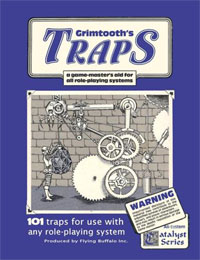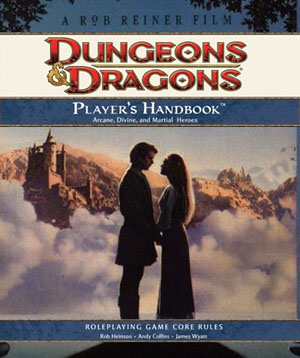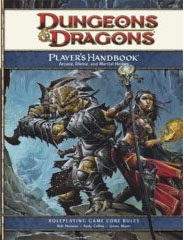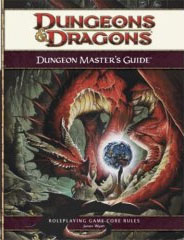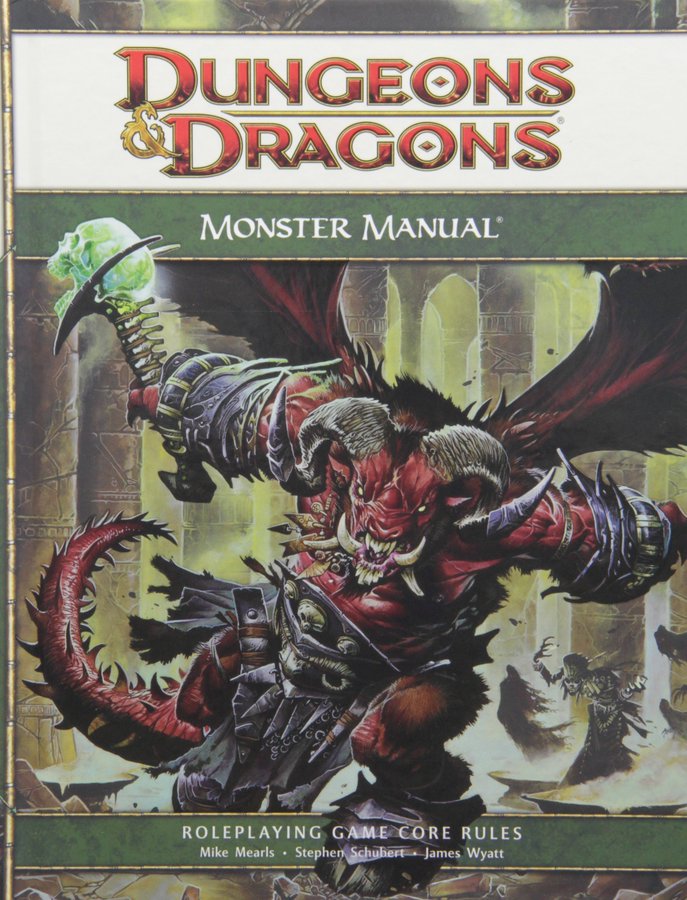I’ve talked before about the peculiar penchant for 4th Edition’s designers to “fix” a “problem” by either (a) making it worse or (b) not fixing it at all. Mike Mearls is talking about a similar “solution” that didn’t actually get implemented for 4th Edition, but demonstrates the same inability to solve a problem even when you’re explicitly trying to solve it: I Hate Resistances.
You can click through and read his entire blog entry, but allow me to sum up. Mearls has two problems with resistances, both of which stem from the fact that you’re better off NOT dealing cold damage to a creature with resistance to cold damage:
(1) It creates a value disparity between energy types if the DM predominantly uses creatures with one particular resistance type. (For example, if there are lots of creatures with resistance to cold damage, then cold-based spells are devalued compared to other energy types.)
(2) It means that if you’re a in a cold-dominated setting (with lots of cold-based creatures with resistance to cold damage), then you’re better off NOT playing an ice mage (since you’ll have a bunch of cold-based spells). Mearls finds this thematically inconsistent because he wants his Frozen North populated with ice mages and his Sultry South populated with fire mages.
These are both absolutely true. (Although I’ll delve into the aesthetic sense of the latter a little later.)
Mearls then proposes two “solutions”:
(1) Instead of resistances, creatures would get abilities that would allow them to negate damage from energy attacks of a particular type. Basically these are still resistances, but you can only use them against X number of attacks per encounter or per day.
(2) Instead of resistant damage, creatures would get bonus abilities when hit with sympathetic energy types. For example, a cold-based creature hit with cold damage might get an extra breath weapon attack or a bonus to AC.
The problem? Neither of these does anything to solve the problems Mearls claims to be solving.
WHAT PART OF THE WORD “FIX” DO YOU NOT UNDERSTAND?
Here’s the root of the issue: The problems Mearls cites are emergent behaviors based on the fact that a cold-based creature benefits from being targeted by cold-based damage (even if that benefit is nothing more than “I take less damage than if you’d hit me with something else”). Because the cold-based creature benefits from cold-based damage, you’re making it advantageous to use non-cold-based damage on them.
Mearls’ “solutions”, of course, still benefit cold-based creatures targeted by cold-based attacks. And, as a result, the exact same emergent behavior results: You’re better off using non-cold-based damage against cold-based creatures.
However, with that being said, I will point out that both of the mechanics Mearls proposes are, in fact, interesting mechanics. I can imagine a lot of interesting uses for them: A membraneous horror that reflects sonic attacks. A fire-infused demon that absorbs ambient flame, concentrates it in their translucent-skinned stomach, and belches it forth. A frost-born behemoth that armors itself with living ice.
They just don’t do what Mearls claims they do.
ICE MAGES IN THE FROZEN NORTH
I can also understand the thematic interest Mearls has in having ice mages rearing crystalline towers in the Frozen North and fire mages dancing on volcano rims in the Sultry South.
But if that’s your goal, then you need to explain why wizards in the Frozen North would tend to prefer ice-based magic. I would suggest creating a system where extreme environmental conditions encourage the use of sympathetic magic types. (In other words, if you’re on a glacier it’s either easier to use your ice magic or your ice magic is more powerful or both. Similarly, volcanoes are great places for fire magic. And you can strengthen this association if you impose penalties at the opposite extreme — casting ice-based magic is more difficult near volcanoes; casting fire-based magic is more difficult on a glacier.)
Without that kind of sympathetic encouragement, it will never make much sense for wizards in the Frozen North to specialize in ice magic — for much the same reason that it doesn’t make much sense to turn your air conditioner on in the middle of winter.

